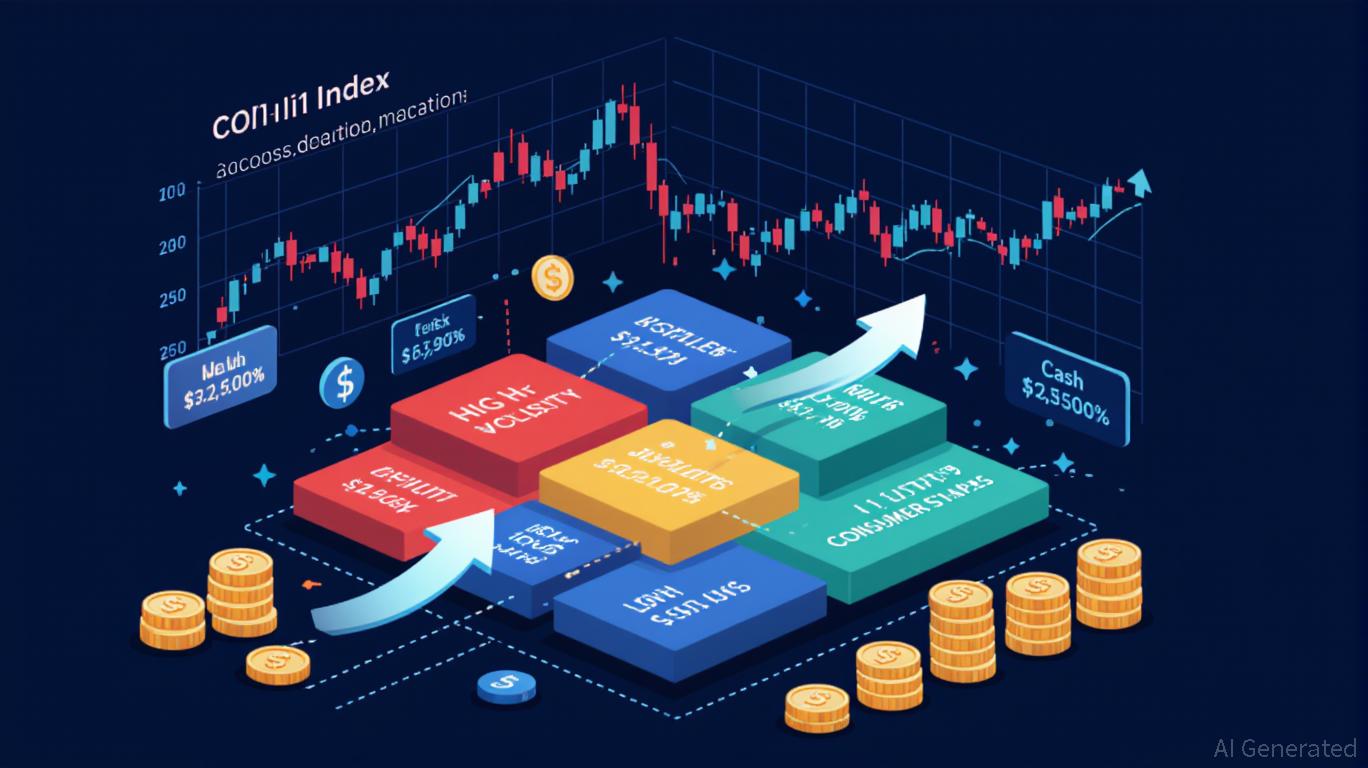Bitcoin compound inflation of 7% since 2020 canceled out by 900% gains while USD declines 20%
Bitcoin offset its meagre inflation with massive increase while US DXY increased by just 12% with compound inflation hitting 20%.
While Bitcoin is often considered a hedge against inflation, it does have a positive inflation rate of 0.83%. Bitcoin’s inflation is extremely low compared to the dollar’s peak of 9.1% in 2022. However, when we compare the cumulative inflation rate for both Bitcoin and the US dollar, we see the true strength of Bitcoin’s role in preserving wealth.
From 2020 to 2025, Bitcoin rose roughly 960%, whereas the US Dollar Index (DXY), which measures the US dollar against a basket of other currencies, rose just 12% in nominal terms.
Bitcoin’s inflation-adjusted price and the DXY, normalized for inflation , provide critical insights into the real value dynamics of both assets. While the nominal DXY reflects relative currency strength, its inflation-adjusted value highlights the ongoing erosion of purchasing power.
The nominal DXY currently stands at 109.8, reflecting global demand for the dollar amid macroeconomic uncertainty. However, when adjusted for cumulative US inflation since 2020—averaging over 2% annually and peaking above 8% in 2022—the real value of the DXY drops to 87.5. This represents a 22.3-point difference, or roughly 20.3% of the nominal value, illustrating the dollar’s substantial loss of purchasing power over time despite its relative strength against other currencies.
 DXY adjusted for inflation (Source: TradingView)
DXY adjusted for inflation (Source: TradingView)
Bitcoin’s nominal price, meanwhile, is around $91,000. Adjusted for its low supply inflation—1.74% annually from 2020–2024 and 0.83% in 2025—its inflation-adjusted price stands at approximately $84,365. The $6,635 difference represents only 7.3% of its nominal value, stressing Bitcoin’s relative stability and ability to preserve purchasing power over time compared to fiat currencies. This smaller adjustment highlights Bitcoin’s programmed scarcity and low inflation as key factors in its resilience.

The divergence between the inflation-adjusted metrics for the DXY and Bitcoin emphasizes a broader narrative. While fiat currencies like the dollar face significant devaluation due to inflation, Bitcoin’s controlled supply forces position it as a hedge against currency debasement. The more pronounced inflationary impact on the DXY emphasizes the challenge of maintaining purchasing power in a fiat system, particularly during periods of high inflation.
The difference between nominal and inflation-adjusted metrics is vital for evaluating the long-term value of assets. The DXY’s nominal strength masks the fundamental erosion of the dollar’s purchasing power, while Bitcoin’s inflation-adjusted price reflects its ability to maintain value over time. These insights reinforce the importance of inflation-adjusted analyses in developing effective strategies for navigating the macroeconomic landscape.
Further, the inflation of comparison currencies used to establish the DXY should also be considered to identify the precise divergence. However, the above figures give a ballpark assessment of Bitcoin’s elevated strength against the dollar beyond nominal terms.
Simply put, if you invested $100 in Bitcoin in 2020 and $100 in DXY today, your BTC would have a buying power of $927, while your DXY would be equivalent to $91 in real terms.
Disclaimer: The content of this article solely reflects the author's opinion and does not represent the platform in any capacity. This article is not intended to serve as a reference for making investment decisions.
You may also like
Ethereum News Update: Avail’s Nexus Bridges Liquidity Across 12 Blockchains, Tackling Fragmentation
- Avail's Nexus Mainnet launches as a cross-chain execution layer unifying liquidity across 12 blockchains including Ethereum and BNB Chain. - The intent-solver architecture automates optimal routing while aggregating liquidity from multiple chains through Avail's data availability layer. - Developers gain simplified cross-chain integration via SDKs and APIs, enabling real-time collateral pools and intent-based trading without managing bridges. - With Solana integration planned and Infinity Blocks roadmap

Ethereum News Update: Ethereum Drives Institutional Transformation with Amundi Tokenizing Major Fund
- Amundi tokenizes a money market fund on Ethereum , signaling institutional adoption of blockchain-based asset management. - Ethereum's upgrades like PeerDAS and Bhutan's $970k ETH staking highlight growing institutional trust in its infrastructure. - CoinShares' $250M Bitcoin Miners ETF and global digital ID initiatives underscore tokenization's role in modernizing finance. - Ethereum's $3,100 price resistance and technical indicators suggest potential for long-term resilience amid scaling improvements.

Hyperliquid News Today: Hyperliquid Adopts Tidewater’s Strategy to Streamline Crypto Risk Management
- Hyperliquid introduces automated downsizing to stabilize HYPE, which dropped 52% from its peak. - Strategy mirrors Tidewater Renewables' capacity management, balancing short-term volatility with long-term stability. - Hyperliquid Strategies DAT plans $300M HYPE buybacks to inject liquidity and institutional-grade risk frameworks. - Market faces $1.89B+ liquidation risks if Bitcoin/Ethereum surge, prompting automated buffers to prevent cascading sell-offs. - Approach reflects growing DeFi adoption of algo
The Unexpected COAI Price Decline: Key Lessons for Investors from the November 2025 Market Turbulence
- COAI Index's 88% November 2025 collapse stemmed from C3.ai governance failures, regulatory ambiguity, and panic-driven herd behavior. - Market psychology amplified losses as investors overreacted to AI sector risks, ignoring fundamentals and triggering liquidity crises. - Diversification, cash reserves, and AI-driven tools helped mitigate risks, emphasizing long-term strategies over speculative hype. - The crisis exposed dangers of overreliance on AI/DeFi narratives, urging disciplined, diversified portf

